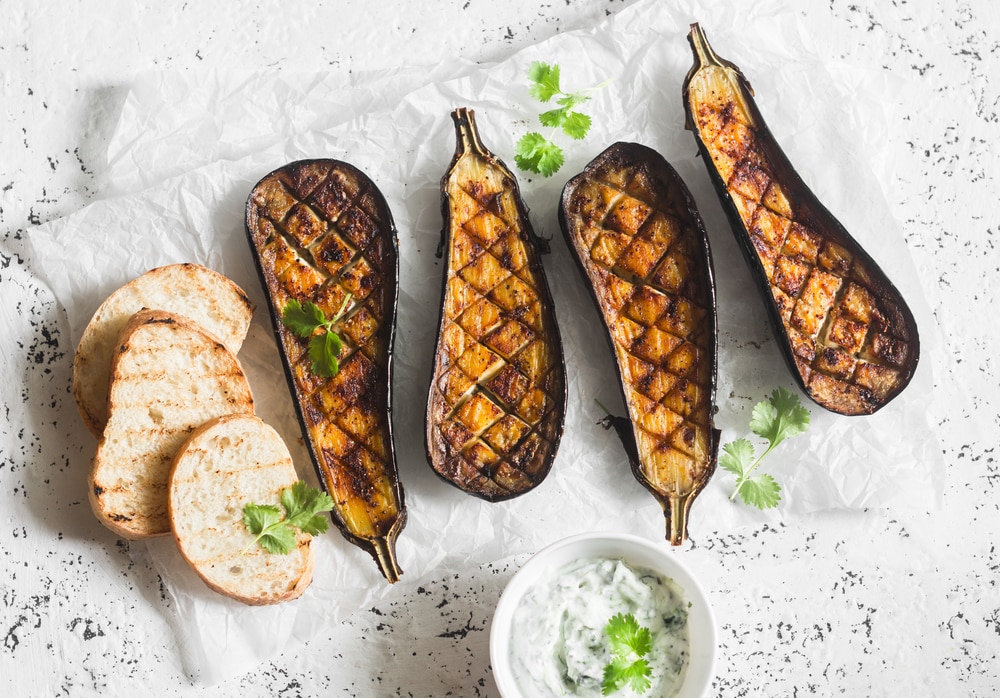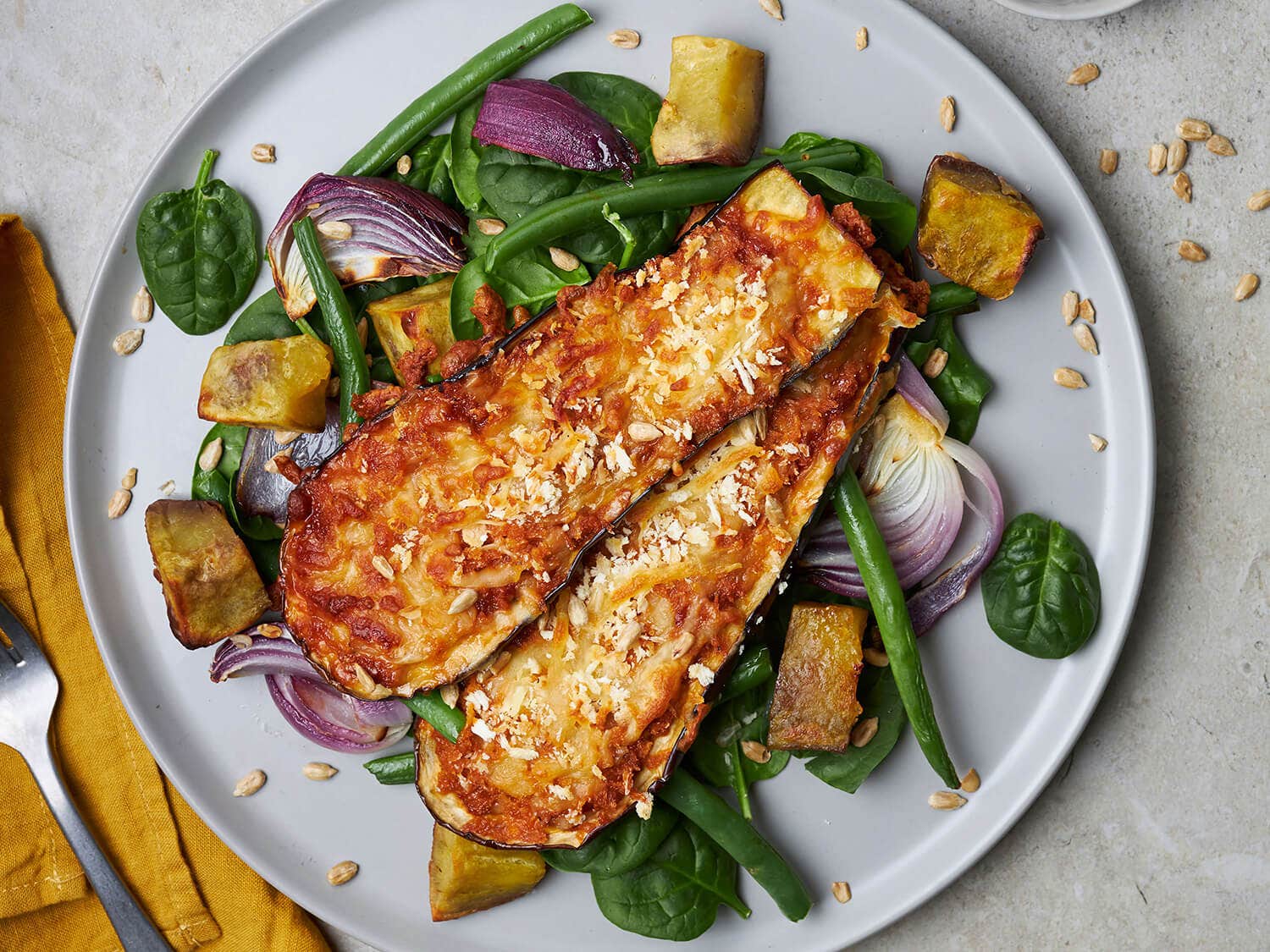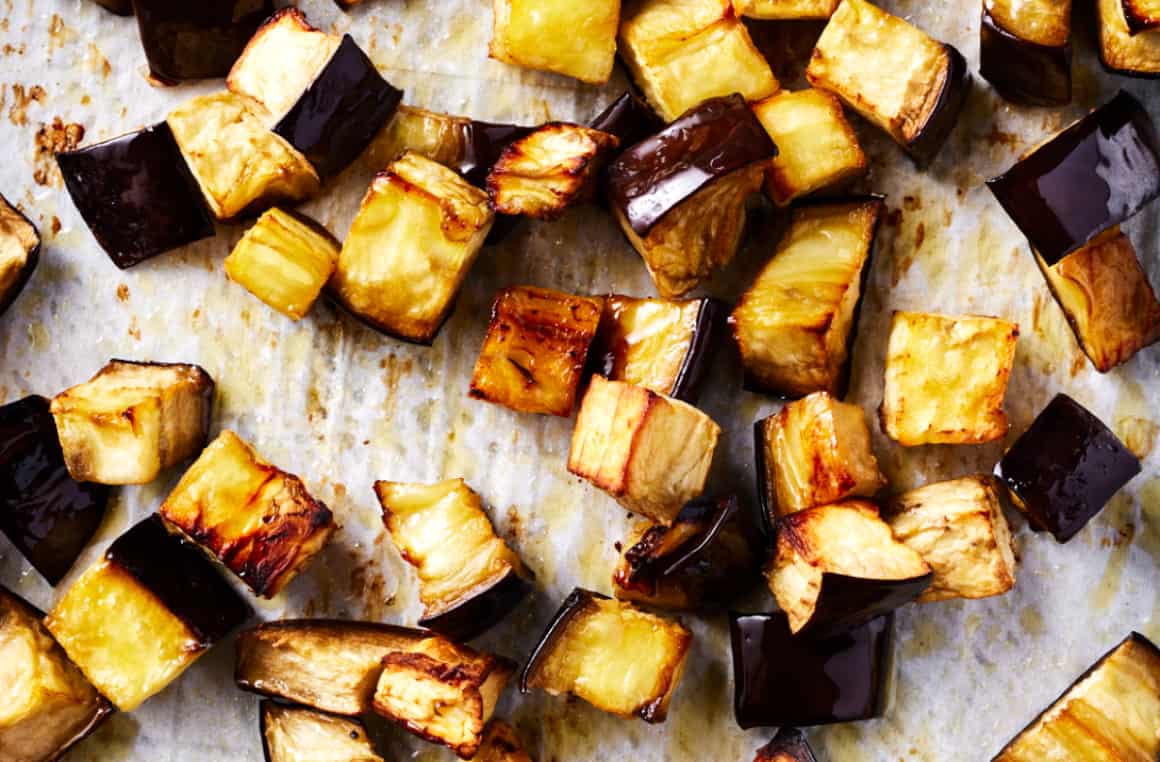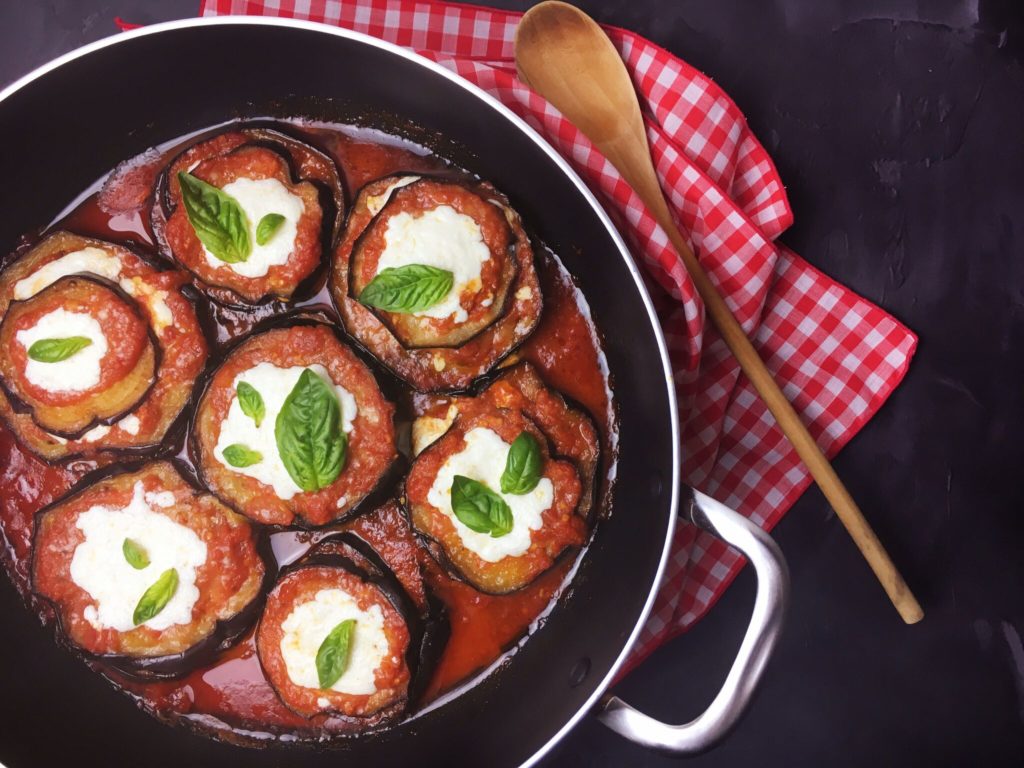How to Cook Eggplant on the Stove: Delicious Recipes
I. Introduction to Cooking Eggplant on the Stove

A. Overview of the Versatility and Health Benefits of Eggplant
Eggplant is a versatile vegetable that can be cooked in various ways and used in a wide range of dishes. It is low in calories and rich in nutrients, including fiber, antioxidants, and vitamins. Incorporating eggplant into your diet can offer numerous health benefits.
B. Understanding Different Cooking Methods for Eggplant on the Stove
Cooking eggplant on the stove provides an opportunity to infuse it with delicious flavors and textures. Different methods, such as sautéing, stir-frying, grilling, pan-roasting, baking, or broiling, can be used to bring out the unique qualities of eggplant in different dishes.
C. Exploring the Delicious Recipes and Techniques for Cooking Eggplant
There are countless recipes and techniques for cooking eggplant on the stove. From simple sautéed or stir-fried eggplant to more complex dishes like eggplant Parmesan or grilled eggplant with toppings, the possibilities are endless. Each method offers its own unique flavors and textures.
II. Preparing Eggplant for Stove Cooking
A. Selecting and Storing Fresh Eggplant
- Identifying Fresh and Ripe Eggplant at the Grocery Store
Choose eggplants that are firm, shiny, and heavy for their size. Avoid eggplants with wrinkled skin or soft spots. Look for smaller eggplants, as they tend to have fewer seeds and a milder flavor.
- Highlighting Proper Storage Techniques for Eggplant
Store uncut eggplant in a cool, dry place, ideally in a paper bag or loose plastic bag in the refrigerator. Avoid storing eggplant near fruits that produce ethylene gas, as this can cause premature ripening and spoilage.
B. Preparing Eggplant for Cooking

- Exploring Techniques for Peeling, Slicing, and Dicing Eggplant
Wash the eggplant and pat it dry. Depending on the recipe, you can choose to peel the eggplant or leave the skin intact. Slice or dice the eggplant according to the desired thickness or shape specified in the recipe.
- Highlighting Optional Pre-Cooking Treatments for Eggplant (e.g., Salting)
Some recipes may recommend salting eggplant before cooking to draw out excess moisture and reduce bitterness. To do this, slice or dice the eggplant, sprinkle it with salt, and let it sit for about 30 minutes. Rinse the salt off and pat the eggplant dry before cooking.
III. Sautéing Eggplant on the Stove
A. Basic Sautéed Eggplant
- Step-by-Step Instructions for Sautéing Eggplant with Basic Seasonings
Heat oil in a skillet over medium heat. Add the eggplant and stir-fry until it becomes tender and lightly browned. Season with salt, pepper, and any additional spices or herbs of your choice.
- Exploring Tips for Achieving Proper Texture and Flavor
Sauté the eggplant in batches to ensure even cooking. Avoid overcrowding the skillet, as this can result in steaming instead of sautéing. Use high-quality oil, such as olive oil, for a rich flavor.
B. Flavorful Variations of Sautéed Eggplant
- Exploring Different Seasonings, Herbs, and Spices for Sautéed Eggplant
Enhance the flavor of sautéed eggplant by adding seasonings such as garlic, onion, ginger, chili flakes, cumin, paprika, or fresh herbs like basil, thyme, or parsley. Experiment with different combinations to create your own unique dishes.
- Highlighting Complementary Ingredients (e.g., Garlic, Onions, Bell Peppers)
Add depth to sautéed eggplant by incorporating complementary ingredients. Sauté garlic and onions before adding the eggplant for extra flavor. Bell peppers, tomatoes, or other vegetables can also be added for a colorful and tasty dish.
IV. Stir-Frying Eggplant on the Stove

A. Classic Stir-Fried Eggplant
- Step-by-Step Instructions for Stir-Frying Eggplant with Soy Sauce
Heat oil in a wok or large skillet over high heat. Add the eggplant and stir-fry until it becomes tender. Add soy sauce, garlic, ginger, and other desired seasonings. Continue stir-frying until the flavors are well incorporated.
- Exploring Tips for Achieving a Tender and Flavorful Stir-Fried Eggplant Dish
Cut the eggplant into thin, evenly sized pieces to ensure even cooking. Stir-fry quickly over high heat to maintain the texture and flavor of the eggplant. Add a touch of sugar or vinegar to balance the flavors if desired.
B. Creative Stir-Fried Eggplant Recipes
- Exploring Different Sauce Variations and Ingredient Combinations
Experiment with various sauce variations, such as black bean sauce, hoisin sauce, or chili garlic sauce, to create unique stir-fried eggplant dishes. Incorporate ingredients like tofu, mushrooms, or bell peppers for added flavor and texture.
- Highlighting Stir-Fried Eggplant Dishes with Added Proteins or Vegetables
To make a complete meal, add proteins such as shrimp, chicken, or beef to your stir-fried eggplant. You can also include a variety of vegetables like broccoli, snap peas, or carrots for a well-balanced and nutritious dish.
V. Grilling or Pan-Roasting Eggplant on the Stove

A. Grilled or Pan-Roasted Eggplant Slices
- Step-by-Step Instructions for Grilling or Pan-Roasting Thin Eggplant Slices
Slice the eggplant into thin rounds. Heat a grill pan or skillet over medium-high heat and brush the eggplant slices with oil. Grill or pan-roast the eggplant until both sides are golden brown and tender.
- Exploring Seasonings and Marinades for Flavorful Grilled Eggplant
Marinate the eggplant slices in a mixture of olive oil, garlic, herbs (such as rosemary or thyme), and lemon juice before grilling for added flavor. Sprinkle with salt, pepper, or other desired seasonings.
B. Grilled or Pan-Roasted Eggplant Halves or Cubes
- Exploring Techniques for Grilling or Pan-Roasting Larger Eggplant Pieces
Cut the eggplant in half lengthwise or into cubes. Brush the cut sides with oil and place them on a preheated grill pan or skillet over medium heat. Grill or pan-roast until the flesh is soft and golden brown.
- Highlighting Options for Stuffing or Topping Grilled Eggplant Halves
After grilling, you can stuff the eggplant halves with a mixture of breadcrumbs, cheese, herbs, and spices. Alternatively, top the grilled eggplant halves with chopped tomatoes, feta cheese, olives, or fresh herbs for a flavorful twist.
VI. Baking or Broiling Eggplant on the Stove

A. Baked Eggplant Parmesan
- Step-by-Step Instructions for Baking Eggplant Parmesan in the Oven
Slice the eggplant into rounds, dip them in beaten eggs, coat with breadcrumbs, and place them on a baking sheet. Bake in a preheated oven until the eggplant is tender and the breadcrumbs are crispy. Layer the baked eggplant with tomato sauce, cheese, and herbs. Bake again until the cheese is melted and bubbly.
- Exploring Topping and Cheese Variations for Baked Eggplant Parmesan
Experiment with different toppings and cheese variations to customize your baked eggplant Parmesan. Add slices of fresh mozzarella, grated Parmesan, or a blend of cheeses to create a gooey and flavorful dish.
B. Broiled Eggplant Slices or Rounds
- Exploring Techniques for Broiling Eggplant with Simple Seasonings
Brush eggplant slices or rounds with oil, sprinkle with salt, pepper, and desired seasonings, and place them on a baking sheet. Broil in the oven until golden brown and tender, flipping halfway through for even cooking.
- Highlighting Quick and Easy Broiled Eggplant Snacks or Side Dishes
Broiled eggplant slices or rounds can be enjoyed as a simple snack or side dish. Serve them with a sprinkle of lemon juice, a drizzle of balsamic glaze, or a dollop of yogurt sauce for added flavor.
Cooking eggplant on the stove provides endless possibilities for delicious and healthy meals. By properly selecting and preparing eggplant, individuals can sauté, stir-fry, grill, pan-roast, bake, or broil this versatile vegetable to perfection. Different seasonings, sauces, and toppings can be used to create variations in taste and presentation. Embrace the versatility of eggplant and enjoy the flavorful recipes and techniques for cooking it on the stove.
